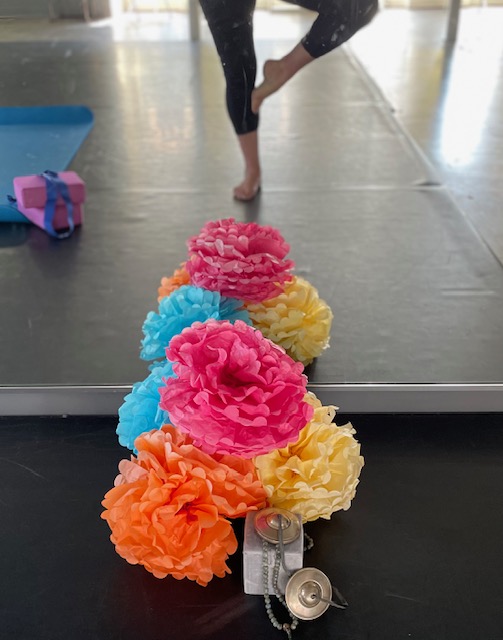With 3.5 million cases in over two million people diagnosed annually, skin cancer is the most common form of cancer in the United States. Fortunately, skin cancer is also one of the most preventable forms of cancer. May is Skin Cancer Awareness Month, and I along with The Skin Cancer Foundation would like to take this opportunity to recommend the following prevention guidelines:
-
- Seek the shade, especially between 10 AM and 4 PM when the sun is strongest. An extra rule of thumb is the “shadow rule.” If your shadow is shorter than you are, the sun’s harmful ultraviolet (UV) radiation is stronger; if your shadow is longer, UV radiation is less intense.

-
- Do not burn. A person’s risk for melanoma, the deadliest form of skin cancer, doubles if he or she had had five or more sunburns at any point in life. Severe burns not only significantly increase your chances of developing skin cancer, but can make you ill. For severe burns, see your doctor.
-
- Avoid tanning and UV tanning booths. UV radiation from tanning machines is known to cause cancer in humans. Indoor UV tanners are 74 percent more likely to develop melanoma, the deadliest form of skin cancer, than those who have never tanned indoors. Tanning bed users are also 2.5 times more likely to develop squamous cell carcinoma and 1.5 times more likely to develop basal cell carcinoma. The more time a person has spent tanning indoors, the higher the risk.
-
- Cover up with clothing, including a broad-brimmed hat and UV-blocking sunglasses. Clothing can be your most effective form of sun protection, so make the most of it with densely woven and bright- or dark-colored fabrics, which offer the best defense. The more skin you cover, the better, so choose long sleeves and long pants whenever possible.
-
- Use a broad spectrum (UVA/UVB) sunscreen with an SPF of 15 or higher every day. For extended outdoor activity, use a water-resistant, broad spectrum (UVA/UVB) sunscreen with an SPF of 30 or higher.
-
- Apply 1 ounce (2 tablespoons) of sunscreen to your entire body 30 minutes before going outside. Reapply every two hours or immediately after swimming or excessive sweating. One six-ounce bottle of sunscreen should provide two full days of sun protection for prolonged outdoor activity.

-
- Keep newborns out of the sun since their skin is extremely vulnerable. Sunscreens should be used on babies over the age of six months. Children are very sensitive to ultraviolet radiation- just one severe sunburn in childhood doubles the chances of developing melanoma later in life.
-
- Examine your skin head-to-toe every month. While self-exams shouldn’t replace the important annual skin exam performed by a physician, they offer the best chance of detecting the early warning signs of skin cancer. If you notice any change in an existing mole or discover a new one that looks suspicious, see a physician immediately. To find out more about how to perform self-examination and spot a skin cancer, visit http://www.SkinCancer.org/selfexamination.
- See your physician every year for a professional skin exam. You can also check http://www.SkinCancer.org/Tour to see if The Skin Cancer Foundation’s Road to Healthy Skin Tour is coming to your area. The Tour, presented by AVEENO and Rite Aid, provides FREE, full-body skin exams by local dermatologists.








































